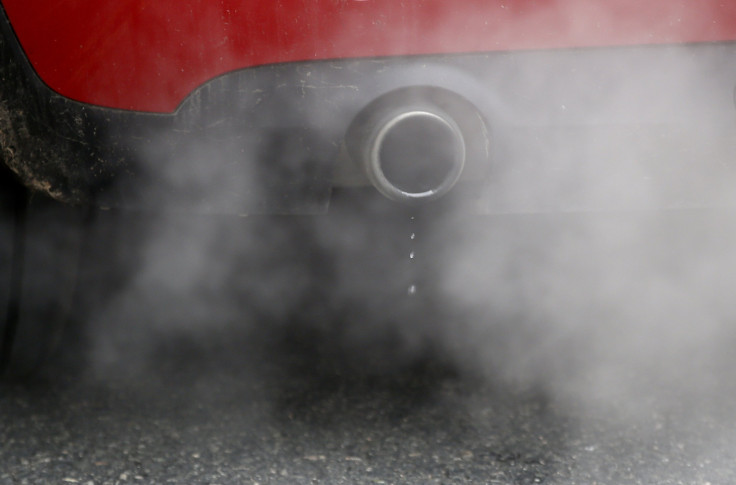Eco-friendly cars with ‘cleaner’ tech can still cause harm; Stricter emission standards not the main solution

Gasoline-dependent automobiles that boast of cleaner technology could still emit harmful elements into the air, according to a new study. Secondary organic aerosols that form with the help of sunlight and tailpipe emissions are just as dangerous as primary organic aerosols. Stricter emission regulation is also not the main solution in secondary organic aerosol reduction.
Modern eco-friendly cars that have supposed safety features can still harm the body. Those automobiles that trap molecules and spew vapours cause potential danger since everything that they emit can chemically interact with other compounds in the air to form pollutants. The process may take an extended amount of time, yet the risk is still very real.
A combination of vapour, tiny droplets and miniscule solid specks spews out of a car’s pipe when it combusts fuel. According to the Environmental Protection Agency, a solid particle can be as little as 2.5 micrometres in diameter, which is enough to find its way into an individual’s lungs and circulation. Inhaling these particles, which are referred to as primary organic aerosols, can ultimately lead to serious cardiovascular conditions and pulmonary problems, as pointed out by a 2006 Journal of Air & Waste Management Association research.
Secondary organic aerosols can likewise cause health problems. They can develop out of a chemical response among sunlight and organic material off tailpipes, power plants and trees. Even though automobiles have produced way lesser primary organic aerosols over the last few years, the threat of secondary compounds is still lurking.
Allen Robinson is the director of the Centre for Air, Climate and Energy Solutions. He’s also a mechanical engineer at Carnegie Mellon University, a private research university in the US. When Robinson and his team placed 59 vehicles of varying ages and emission standards into a smog chamber as part of an investigation, they found out something interesting.
Despite using cars that spew 90 percent lesser emissions compared to a regular vehicle, Robinson and his colleagues discovered that secondary organic aerosol formation weren’t considerably reduced as the tailpipe’s overall emissions. They also learned that the relationship between the secondary aerosol formation and the emissions was impacted by the combustion process’ specific compounds, and that stringent emission standards may not necessarily limit the materialisation of secondary organic aerosols since some organic gases and nitrous oxide fragments (NOx) in the air could nullify the reduced emissions’ significance.
“Overall, we found that new and stricter regulations for gasoline vehicle tailpipe emissions will not be that effective at reducing human exposure to secondary organic aerosol because of changing NOx levels,” Robinson said, as quoted by Live Science. “This feedback illustrates the complex coupling between different pollutants, which must be accounted for in models used to develop control strategies.”
MORE TECH NEWS:
Super Nintendo Mini (SNES Classic Edition) details, games, release date and Australian price
Apple takes down 58,000 apps from Chinese App Store; Mass removal rate is unusual






